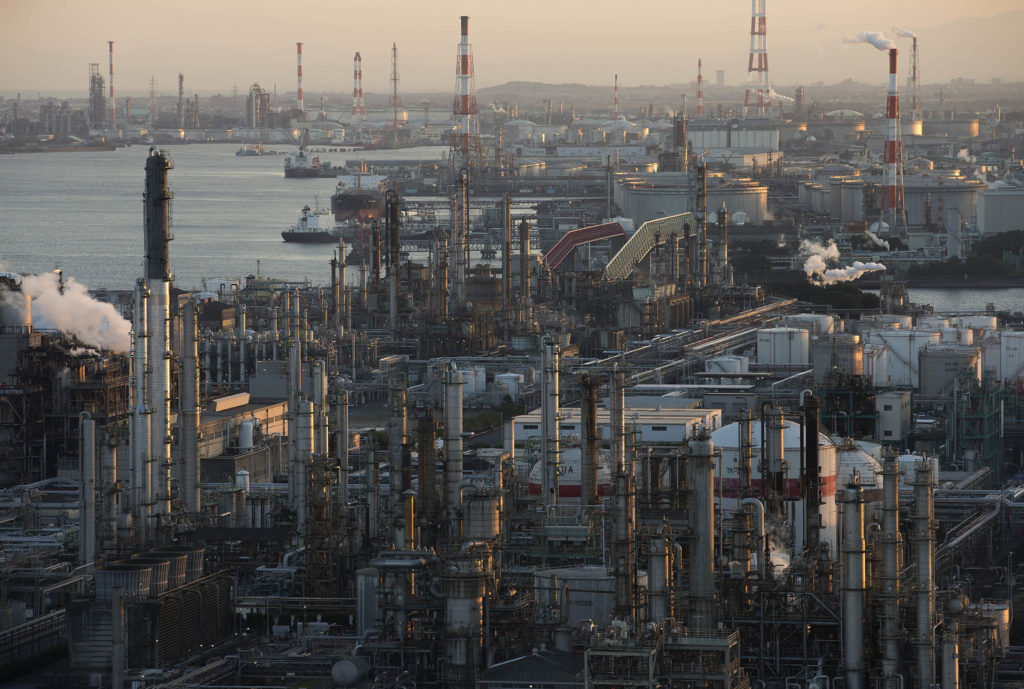
Warming in the 20th century seen over 98% of the world is in “stark contrast” to previous warm and cool periods such as the “Little Ice Age” when frost fairs were famously held on a frozen Thames, which occurred on a regional basis.
Commenting on the research, experts said the findings reinforced the role of human activity on the climate and countered claims by “deniers” that the rising temperatures the world is experiencing are part of a natural cycle.
The study, published in the journal Nature, examined climate changes over the past 2,000 years which were thought to have been global in nature, such as the Medieval warm period from 800 to 1200 AD and the Little Ice Age between 1300 and 1850.
It found that warmer and cooler periods before the Industrial Revolution, when human activity started to put out large amounts of greenhouse gas emissions from burning fossil fuels, were not “globally coherent”.
For example, in the Little Ice Age the coldest temperatures were seen during the 15th century in the central and eastern Pacific Ocean, during the 17th century in north-western Europe and south-eastern North America, and during the mid-19th century over other regions.
The researchers also said the previous periods are in line with natural variability of the climate.
But the rapid warming over the past 150 years is very different, with the warmest period of the past two millennia occurring during the 20th century for more than 98% of the globe.
One of the authors, Dr Nathan Steiger, of Columbia University in the US, said: “There’s this globally coherent warm period that’s very different than what we see in the past and that coherence cannot be explained by the natural variability of the climate.
“In the past the large patterns we do see we find those are consistent with natural variability but that’s not the case with the current period.”
He added: “When you go back in the past these are really regional phenomena, there’s cold periods in Europe or the central Pacific, but they are not global, whereas the contemporary warm period really stands out.
“We find 98% of the globe has this coherent warming during the contemporary warming period after the Industrial Revolution.
“That very much stands out and contrasts with the climate variability that has happened before in the past 2,000 years.”
Professor Mark Maslin, from University College London, (UCL) who was not involved in the research, said: “Over the last 2,000 years the only time the global climate has change synchronically has been in the last 150 years when over 98% of the surface of the planet has warmed.
“This paper should finally stop climate change deniers claiming that the recent observed coherent global warming is part of a natural climate cycle.
“This paper shows the truly stark difference between regional and localised changes in climate of the past and the truly global effect of anthropogenic greenhouse emissions.”
His colleague, Professor Simon Lewis from UCL, said the study reinforced “the abundant evidence that human actions are driving rapid changes to the climate of our home planet”.
“With new robust analyses and new and painstakingly collated data, the last few decades are again shown to stand out: it is warming everywhere.
“As I sit in a sweltering heatwave in London, the big question remains: are people going to force governments and businesses to take swift action to drive down greenhouse gas emissions to zero to stabilise the climate?”
Recommended for you
